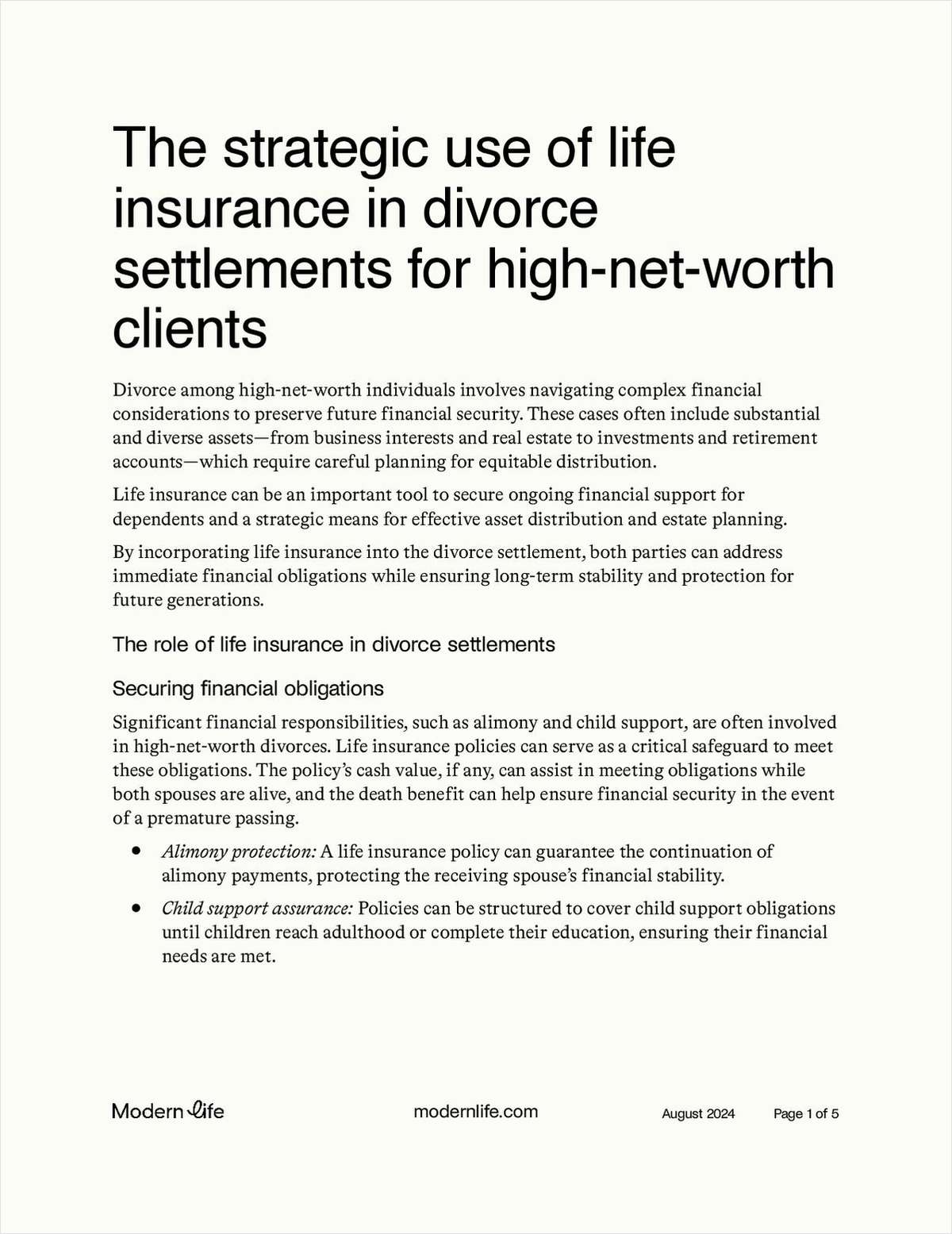Lately I've been discovering how useful some recent surveys can be.
The Genworth/Age Wave/Harris Interactive survey published in October 2010 has been overshadowed by the newer 2011 Prudential survey, but each complements and adds to the credibility of the other. The Genworth survey still has some fresh, relevant findings and shouldn't be overlooked because it's a wee bit older.
Genworth's results show that the majority of Americans are concerned about being a burden to their family and losing their life's savings due to long lifespans and unanticipated medical expenses. The 2011 Prudential survey found that nearly two-thirds of Americans are not confident about their ability to pay for extended care if they were to need it today.
Both studies show how the disconnect between reality and public opinion. The Genworth study found that only 35 percent of the public believes they will need LTC, though, in actuality, at least 66 percent of us will. They also found that the public greatly underestimates the negative impact caregiving will have on their family.
Prudential builds on the misconceptions above. Their study documents that nursing homes cost more than twice what the public believes, and that people still wrongly believe long-term care will be funded by Medicare or personal health insurance.
The Prudential study also finds that two-thirds of adults between 35 and 65 believe that LTCI is important, of which 17 percent say it is "essential." How is this possible, I ask? It's a surprising result, especially considering that another new study published in March 2011 by the Urban Institute, indicates that only 10.7 percent of Americans 55 and older own LTCI. To me, this is perhaps the most disturbing finding of all.
Motivational results
How am I using the findings of these surveys? They provide scientific validation of exactly what I encounter in the field everyday. Discouragement in the field is due to denial. Denial is due to lack of education. These studies motivate me! The survey findings boost my conviction that I am providing an essential service to the public.
I've been using these survey results in individual and group presentations to peers and civic groups. My hope is that once people gain insight into the denial that has most people in its grips, perhaps they'll more readily accept information on LTC planning and will be compelled to act and plan responsibly for LTC.
It should come as no surprise that, compared to the general public, advisors are just about as guilty of engaging in denial about their future need for LTC. For example, when I spoke to the Gulf States Financial Planners Association in early May, I asked how many in my audience owned LTCI, either traditional health-based or a combo product. As expected, only about 30 percent of my audience did. At least this is better than the 10.7 percent national average … but not by much!
As I spoke, I could tell I had my audience in the palm of my hand. I got hearty applause at the end, which in my experience is fairly unusual for a CE speaker.
My presentation covered LTCI current events and technical knowledge, peppered with real life examples. I spent the last third showing slides of the survey results described above to directly confront the denial of an audience that really should know better. Not until their delusion and denial about LTC are overpowered by education will these advisors start writing LTCI for themselves and recommending it to their clients.



